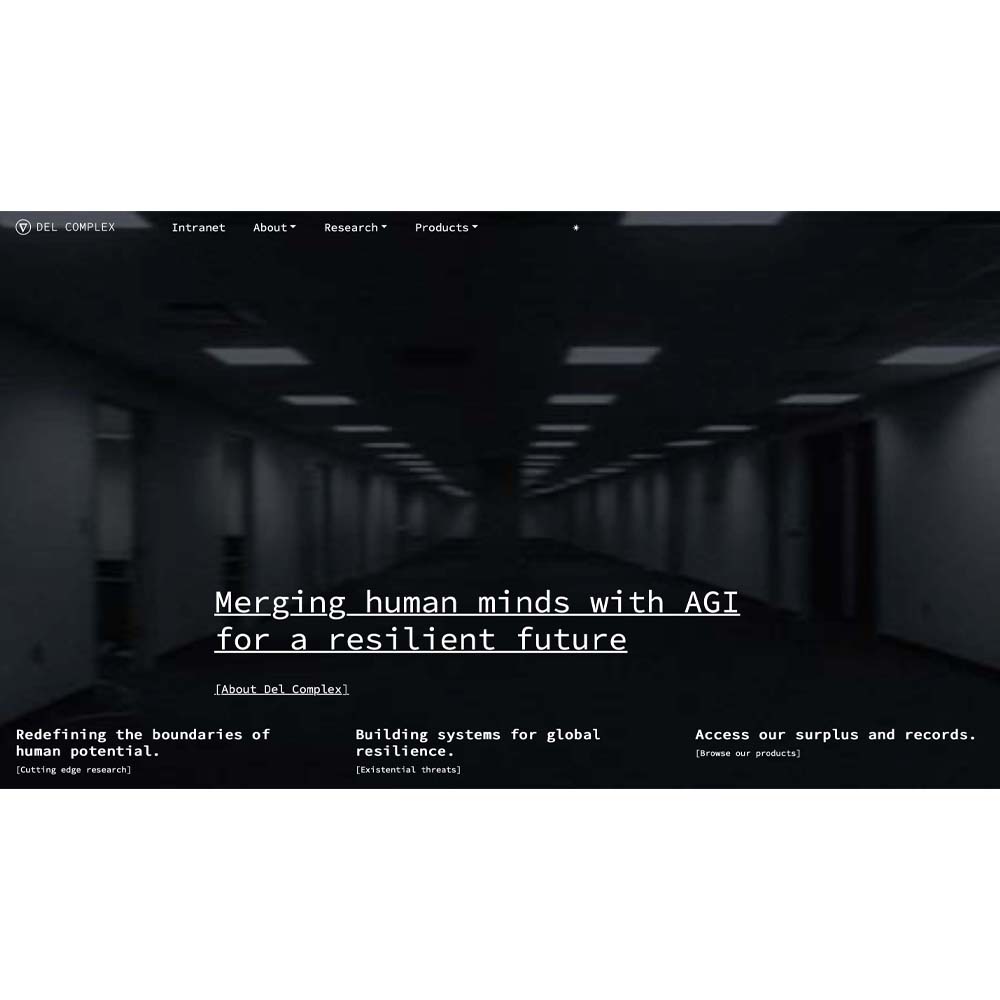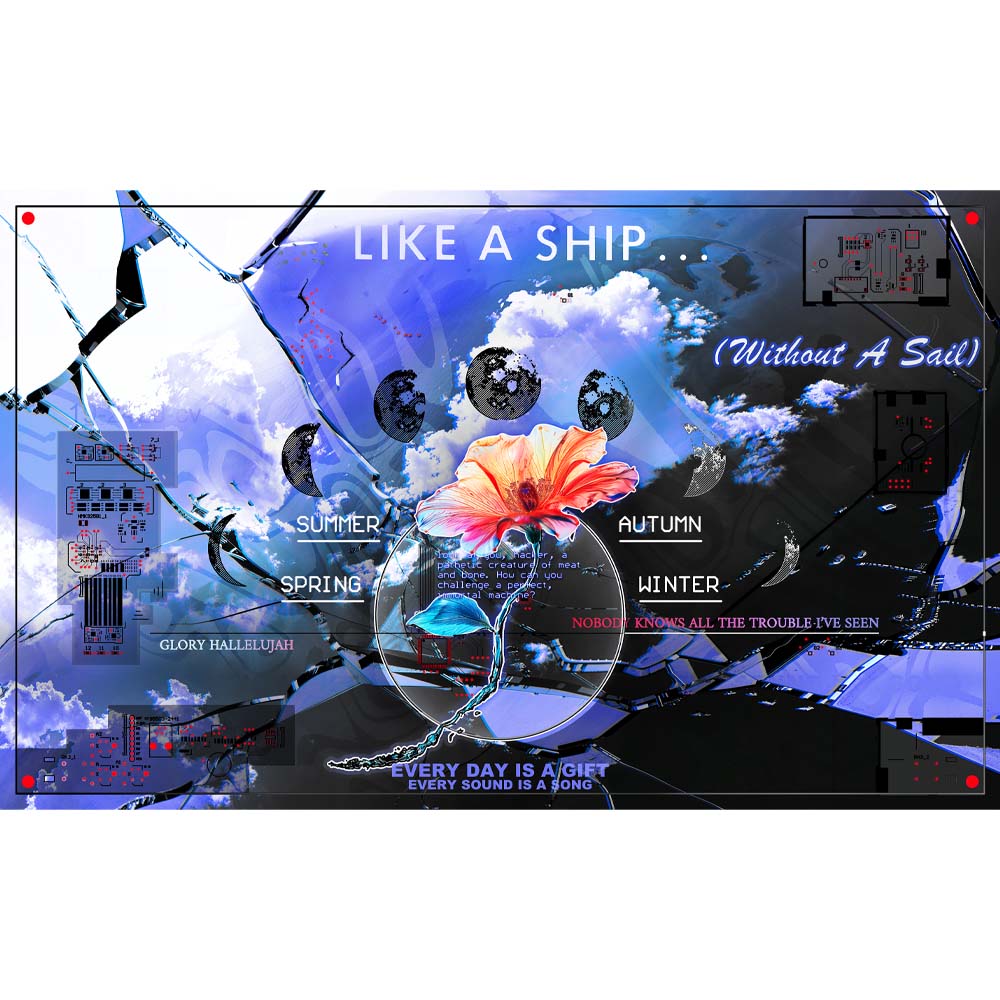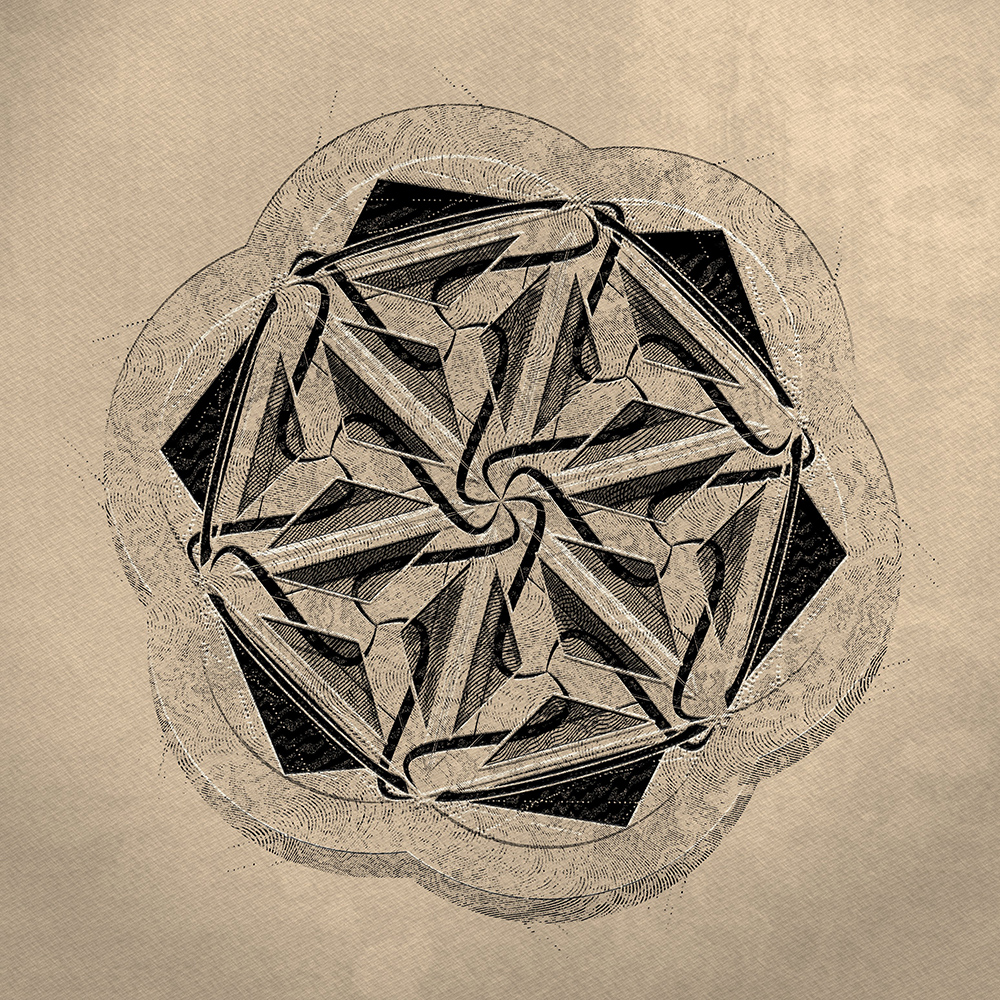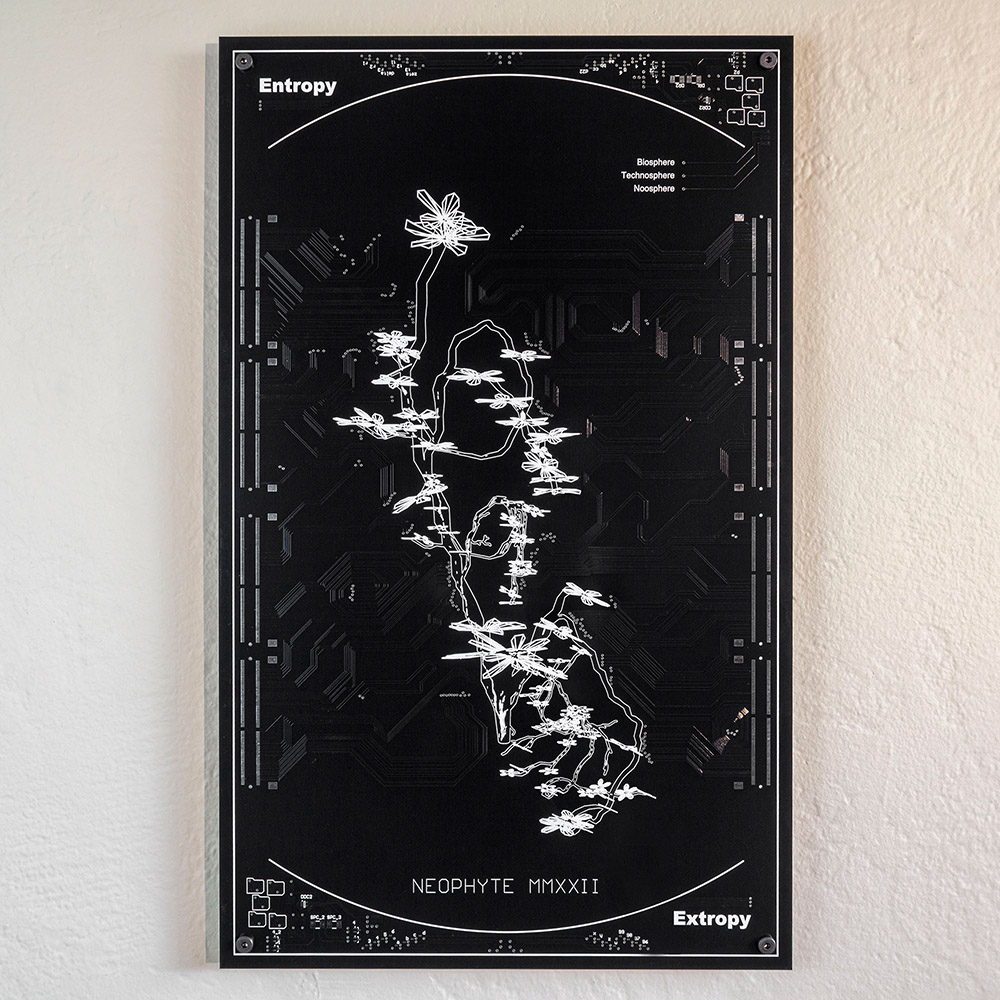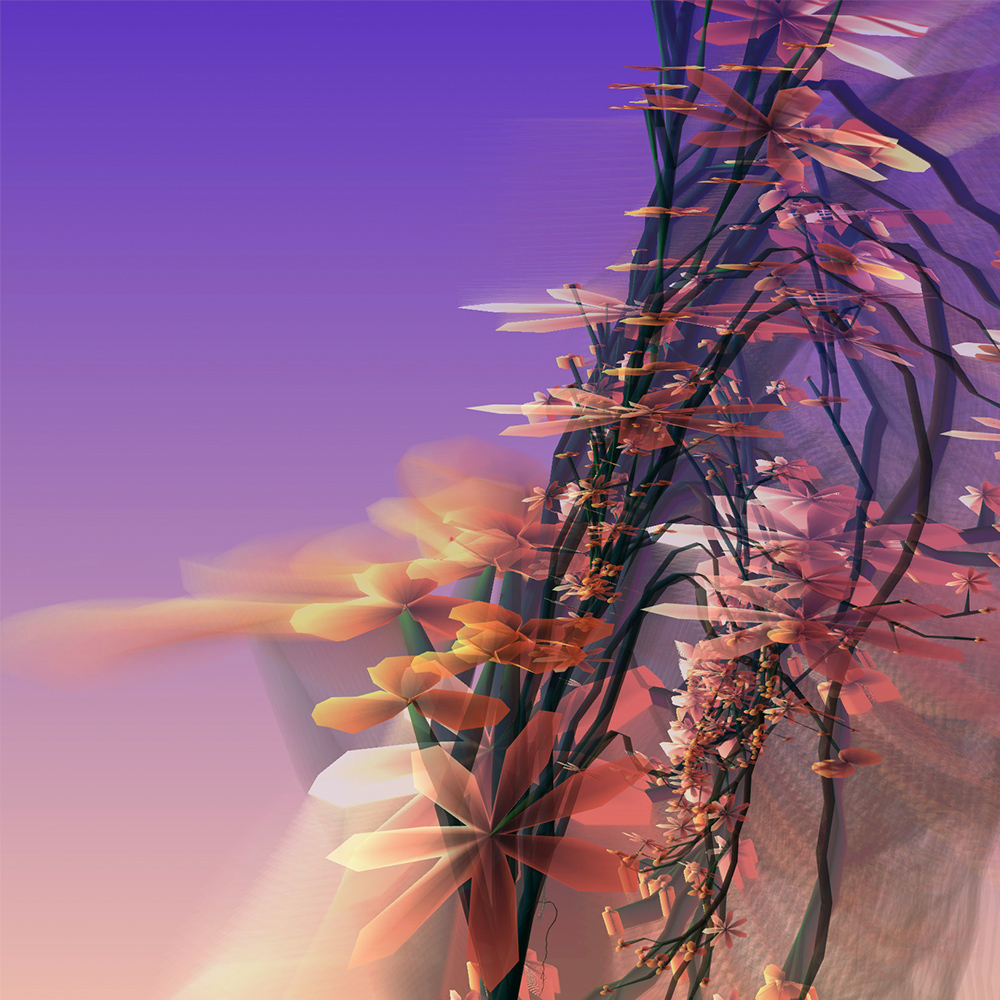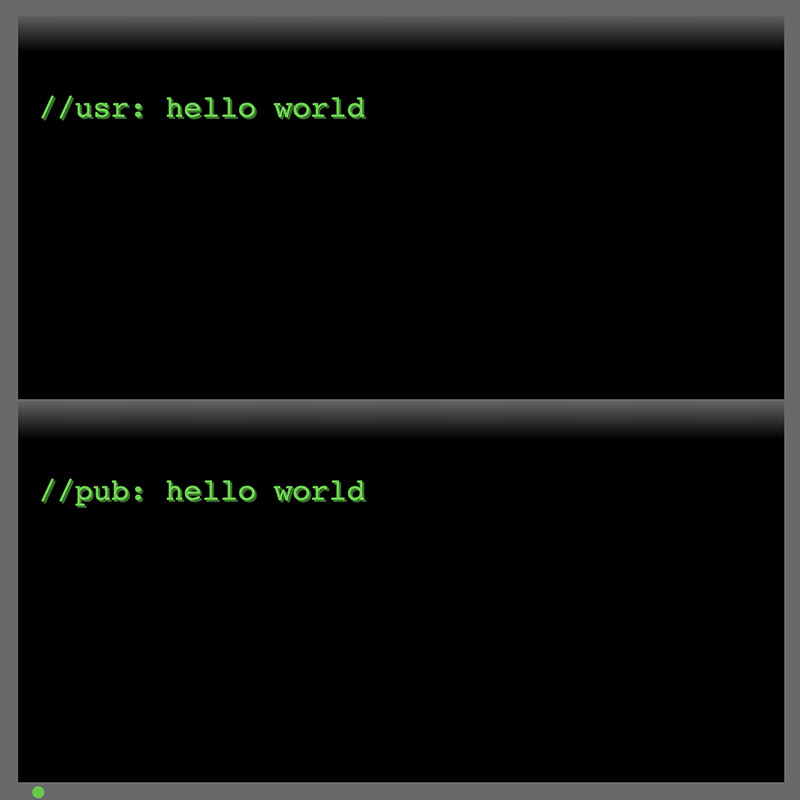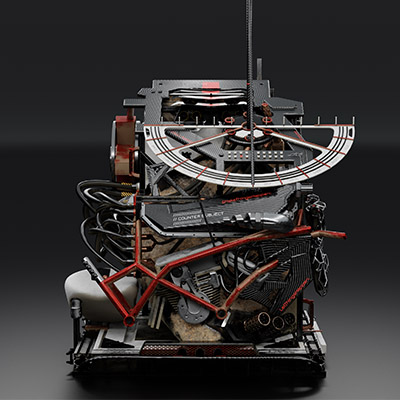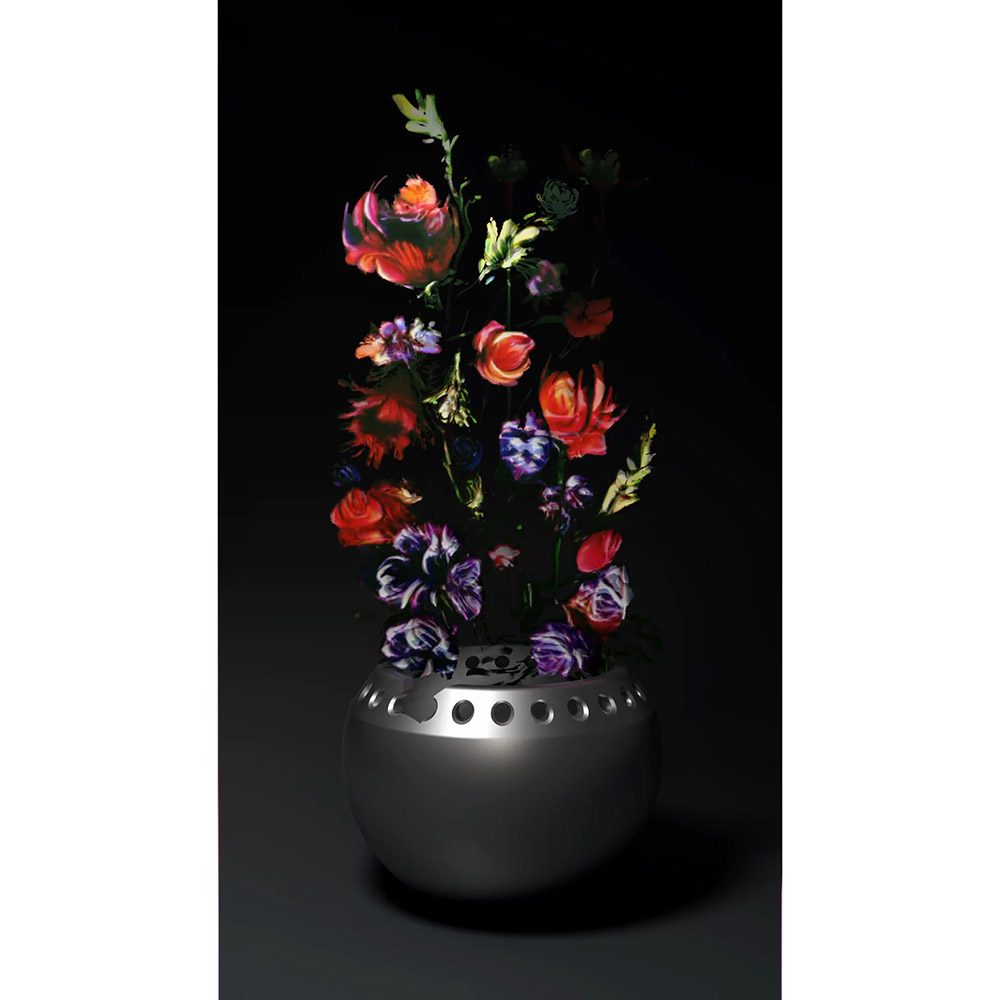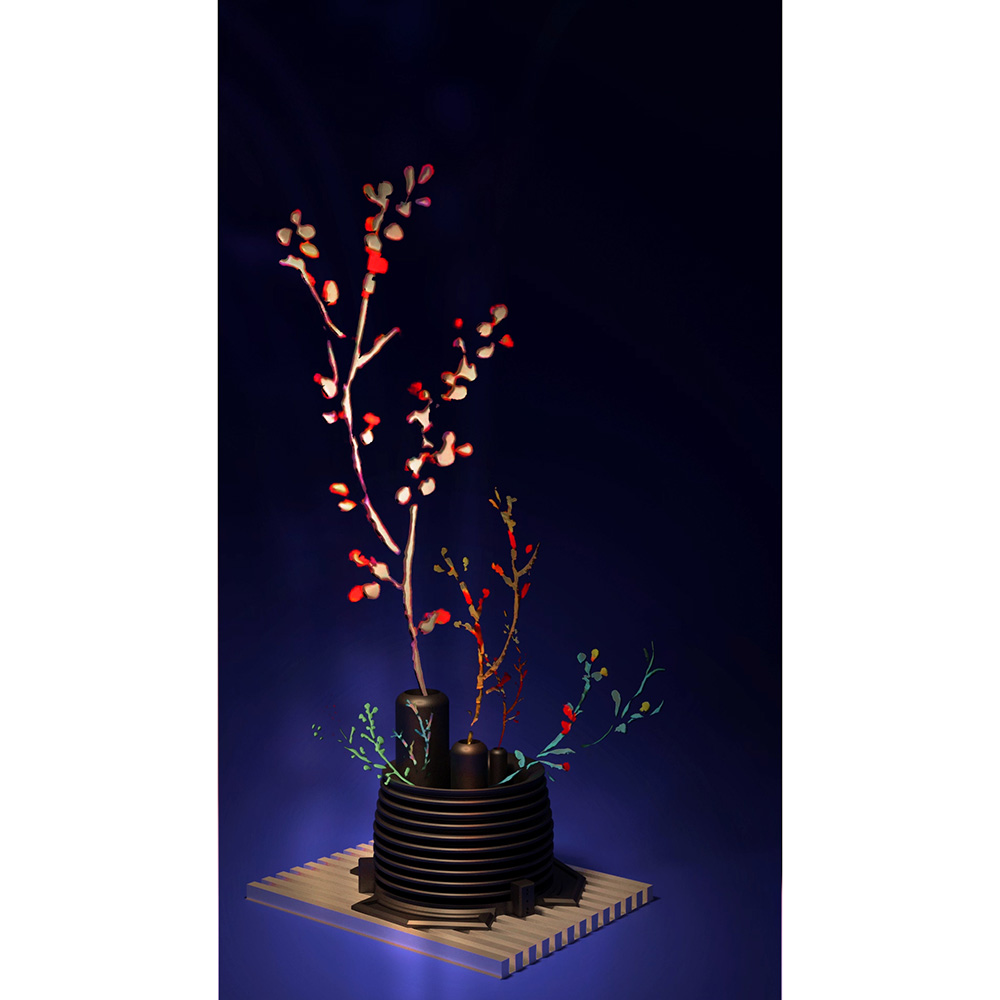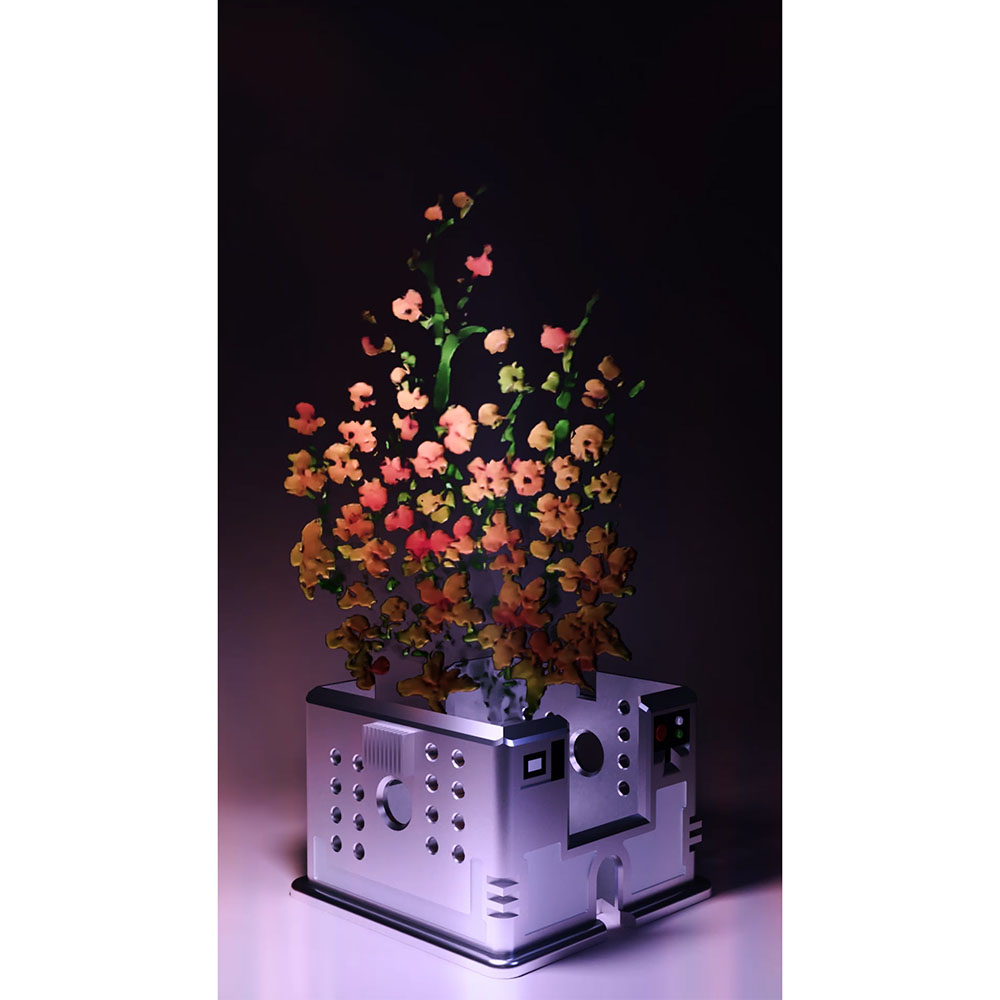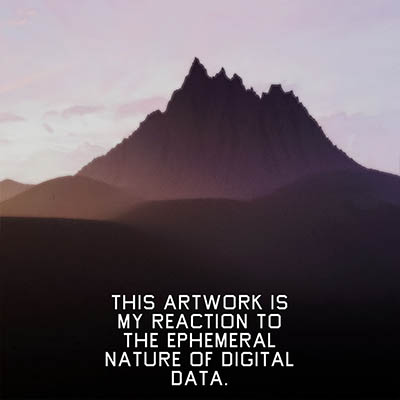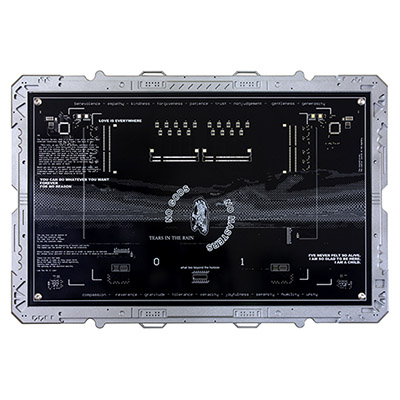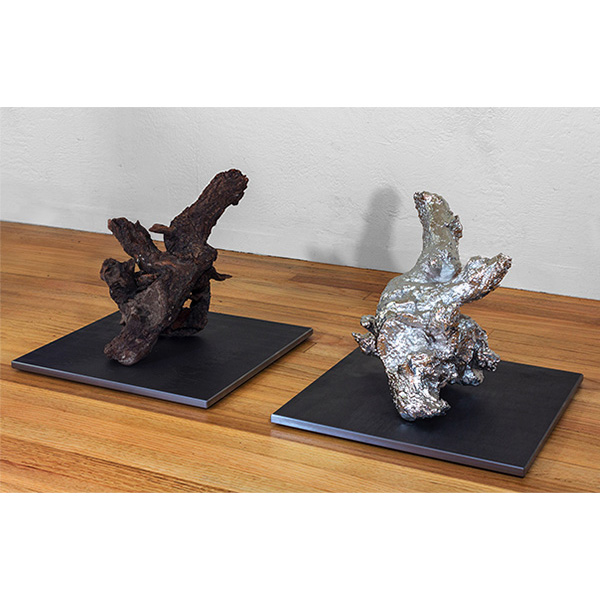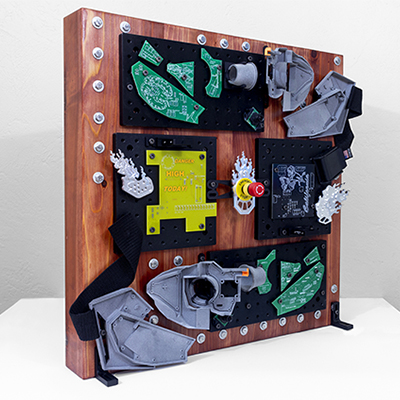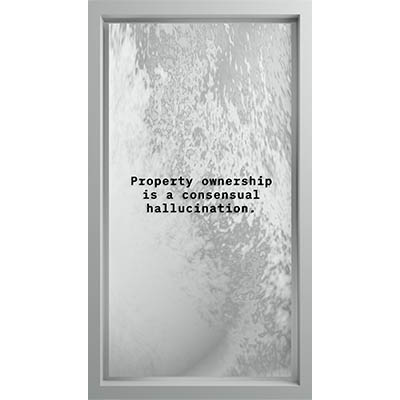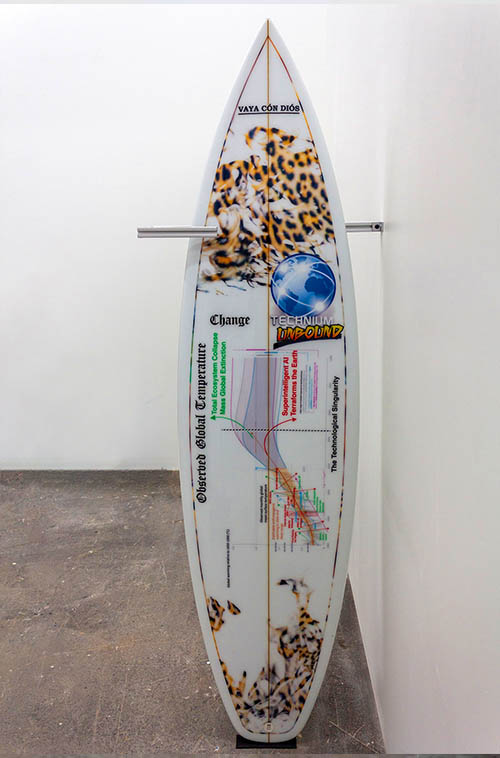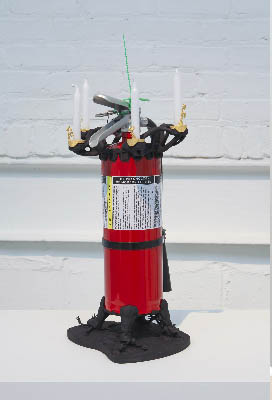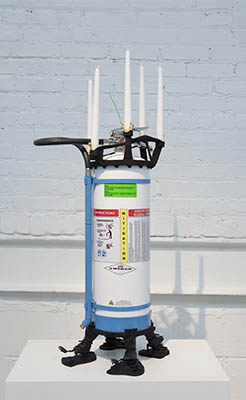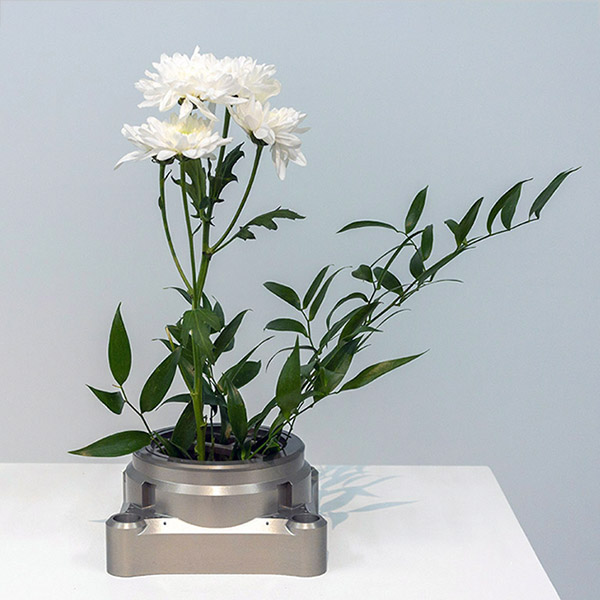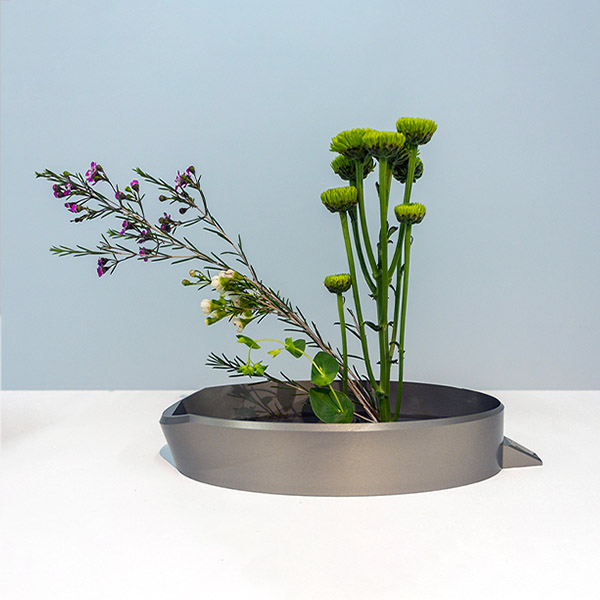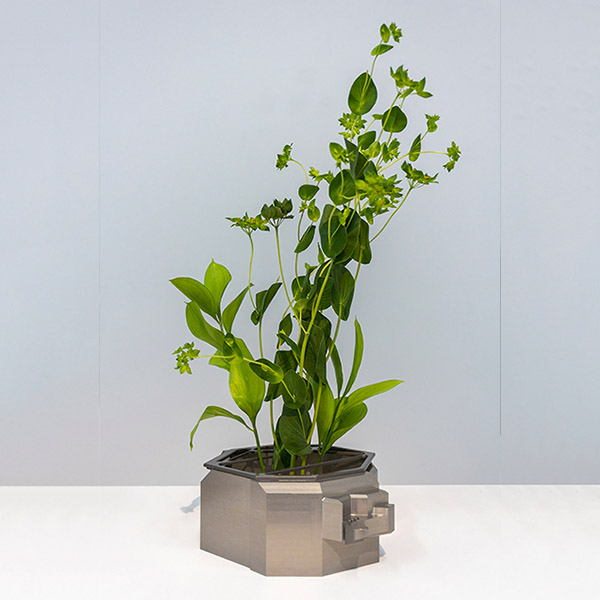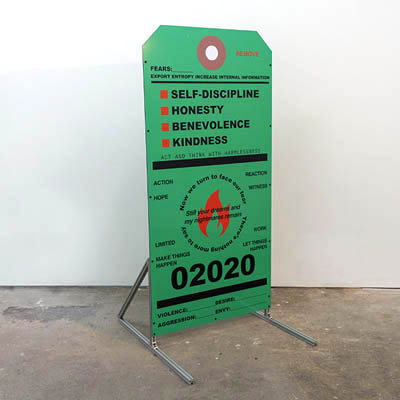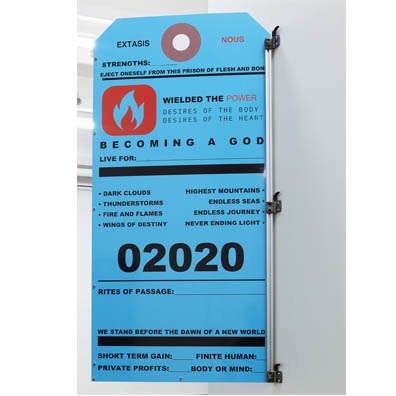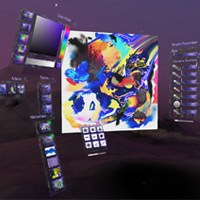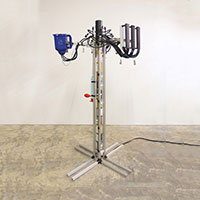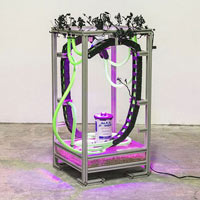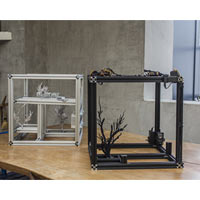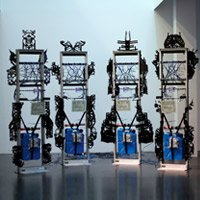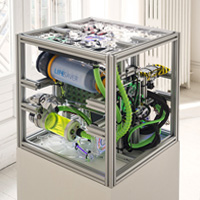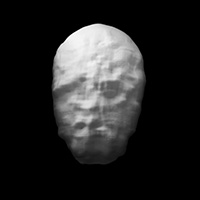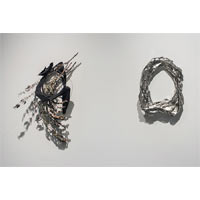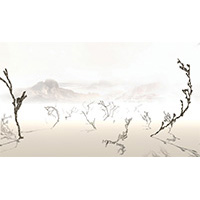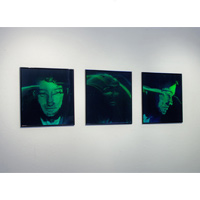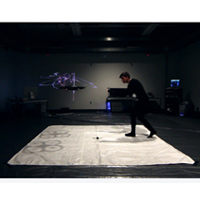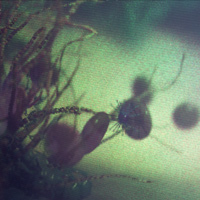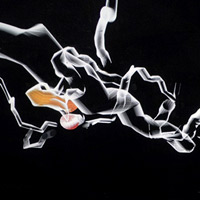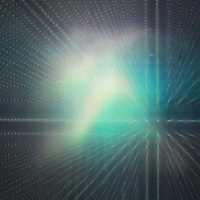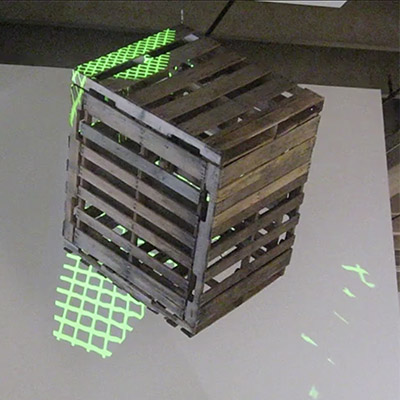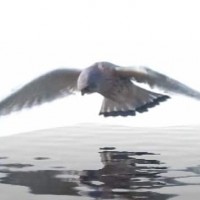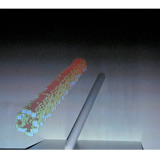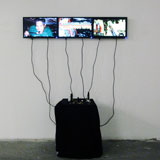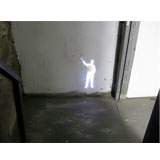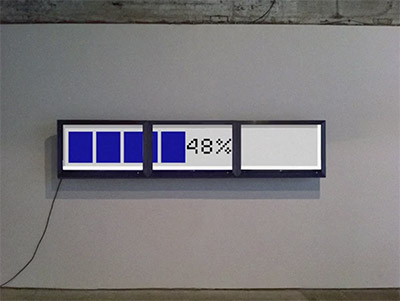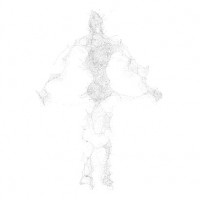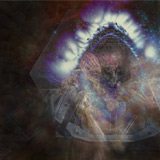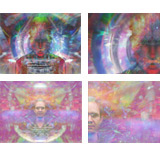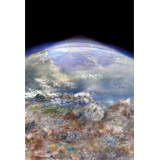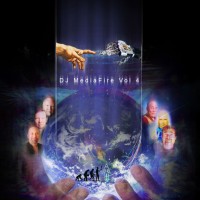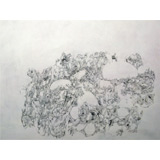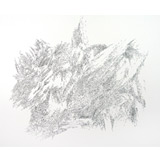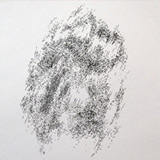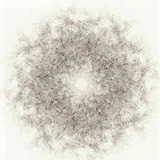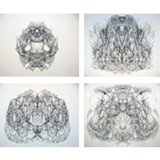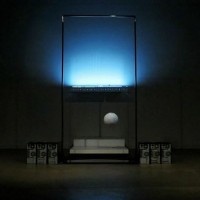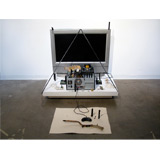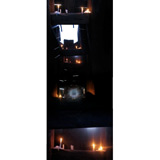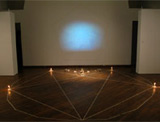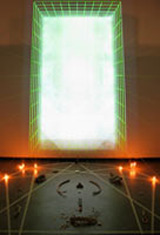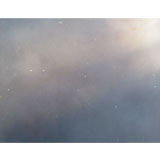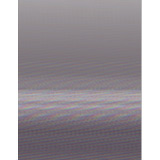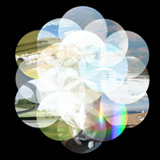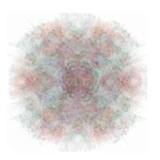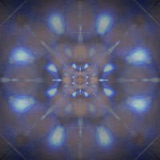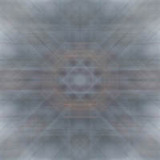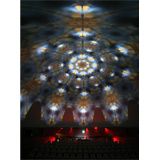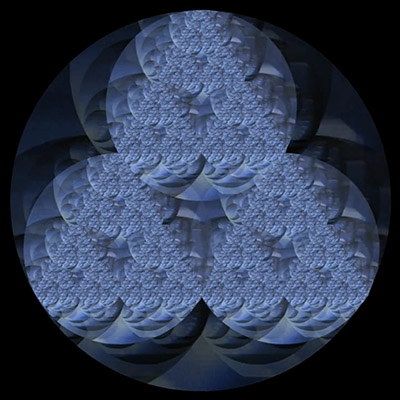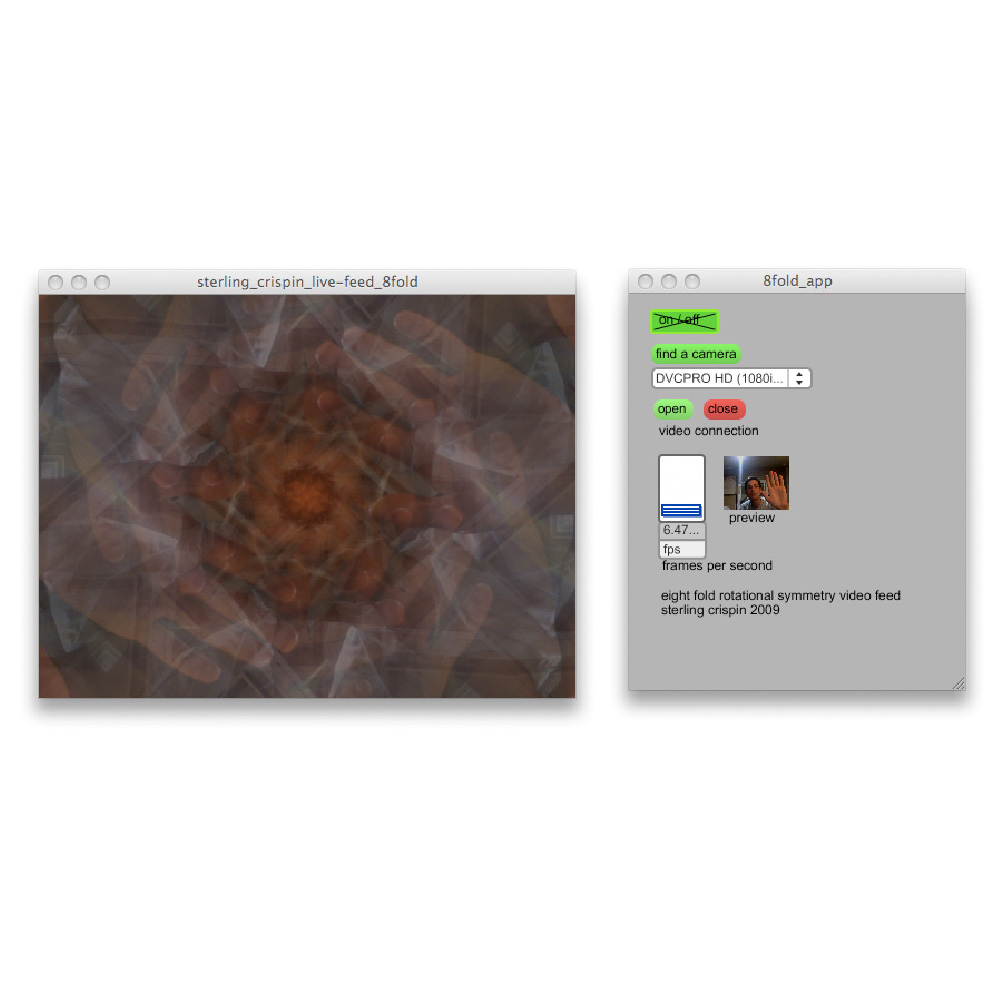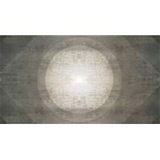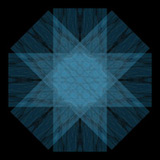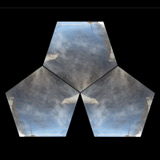Developed in C++ using Allocore for the Allosphere at the California NanoSystems Institute
2012

The Allosphere from just beyond the bridge looking inward.

A number of people on the bridge viewing a 3D projection of Plein Air 001

Panoramic photograph taken from inside the Allosphere, Plein Air 001 was projected in 2D for documentation purposes.

Behind the scenes view from the third floor of the Allosphere looking inward on the sphere.
Plein Air 001 is an immersive algorithmic landscape and musical composition developed for the Allosphere, a large-scale immersive virtual reality environment and laboratory located at the California NanoSystems Institute. The Allosphere is a 30-foot diameter steel sphere that a number of viewers can walk into, and be fully surrounded in 360-degree 3D video content and spatialized surround sound. This unique research facility allows for one to quite literally step into virtual worlds thereby experiencing them in a visceral way and “develop bodily intuitions about environments into which the body cannot venture”¹. To experience Plein Air 001 is to step into the space itself within the Allosphere and be fully surrounded by emergent plant life made of light towering fifteen to thirty feet tall, and listening to them suddenly echo into the virtual abyss as they vanish and reform.
The concept of en plein air “in the open air” is in reference to the act of painting outdoors popularized by the french impressionists such as Monet and Renoir. Plein Air 001 is at once subject and object, a 3D navigable cyberspace landscape and simultaneously a gestural representation of that landscape. Plein Air 001 depicts self similar algorithmic plants emerge from an infinite void, filling with hues of color that describe their internal digital-DNA. As the forms reach the end of their genetic information they are ripped from existence and rebirthed in a flash of spatialized sound. Without a terrain or horizon to ground themselves these forms are destined to echo in a sublime unknowable infinity, gaining solidarity only through the probabilistic relationships of proximity that emerge.
Contained within a three story room, the Allosphere is extensively insulated with sound-absorbing material making it one of the largest echo-free chambers in the world. This echo-free quality creates the sensation of being in a quiet open-space of an infinite dimension. The acoustic properties of the Allosphere in relation to the infinite emptiness of an unpopulated 3D simulation of space is a curious thing. What could it mean to physically enter into such a space and what bodily intuitions might emerge? The allo- prefix in Allosphere means other, different, the other of another kind. I consider the Allosphere as a portal, a vessel, a kind of high-fidelity threshold into the virtual and means of communing with this “other of another kind”. In this context I found it appropriate to spill certain fundamental properties of organic growth and life into this other-space and allow for the kinds of mutations that might naturally emerge in a machine-language environment.
Envisioned as a point of departure for a larger body of research, Plein Air 001 models artificial and natural growth of plant life using a formal grammar called a Lindenmayer System as its basis. Originally developed by Aristid Linden Mayer in 1925 while studying fungi and algae, this parallel rewriting system allows for self similarity and fractal data structures. For example, using the variables AB and mutation rules (A -> AB) , (B->A) one can start with just the symbol A and quickly generate a lengthly string ABAABABAABAABABAABABAABA… which I used as a “DNA” for the plant. This symbol based DNA was then translated into geometric structures using the concept of turtle graphics in which a point in space (the turtle) takes successive steps through 3D space. This turtle reads through the DNA of each plant interpreting the symbols as a change in direction and branching behavior. As each plant is recreated the seed from which it grows mutates, as well as the rules of mutation themselves, resulting in variations within a species and generation of new species.
The colonization and expansion into the American West, and its depiction by the Hudson River School of painters, as well as the sublime as addressed by Romanticism, provided a context for imagining the ongoing contemporary expansion into cyberspace. In this context the land was seen as a vast, rugged and sublime territory waiting to be colonized. The landscape was itself a manifestation of God and the expansion into this landscape was considered to be orchestrated in heaven. Yet the raw expansiveness and infinite nature of reality in relation to the human body colors this sublime experience with terror and awe.
The American West has been taken, and in many ways cyberspace has already been colonized. Large multinational corporate entities have won, constructing vast architectures of information and light. Yet unlike the American West the frontier and wilderness of cyberspace is infinite, and itself expands with every boundary crossing. That is to say that the territory of cyberspace is redefined and expanded as one embarks into the unknown through acts of creation, and decays with every lost artifact of antiquated technology no longer capable of operating. Cyberspace is an infinite yet fragile territory.
Special thanks to Professor Matt Wright & Karl Yerkes for their support
Special thanks to Przemyslaw Prusinkiewicz and Aristid Lindenmayer for their research in algorithmic botany and seminal text “The Algorithmic Beauty of Plants”.
Credit to Joerg Piringer for providing an open source C++ L-system basis.
